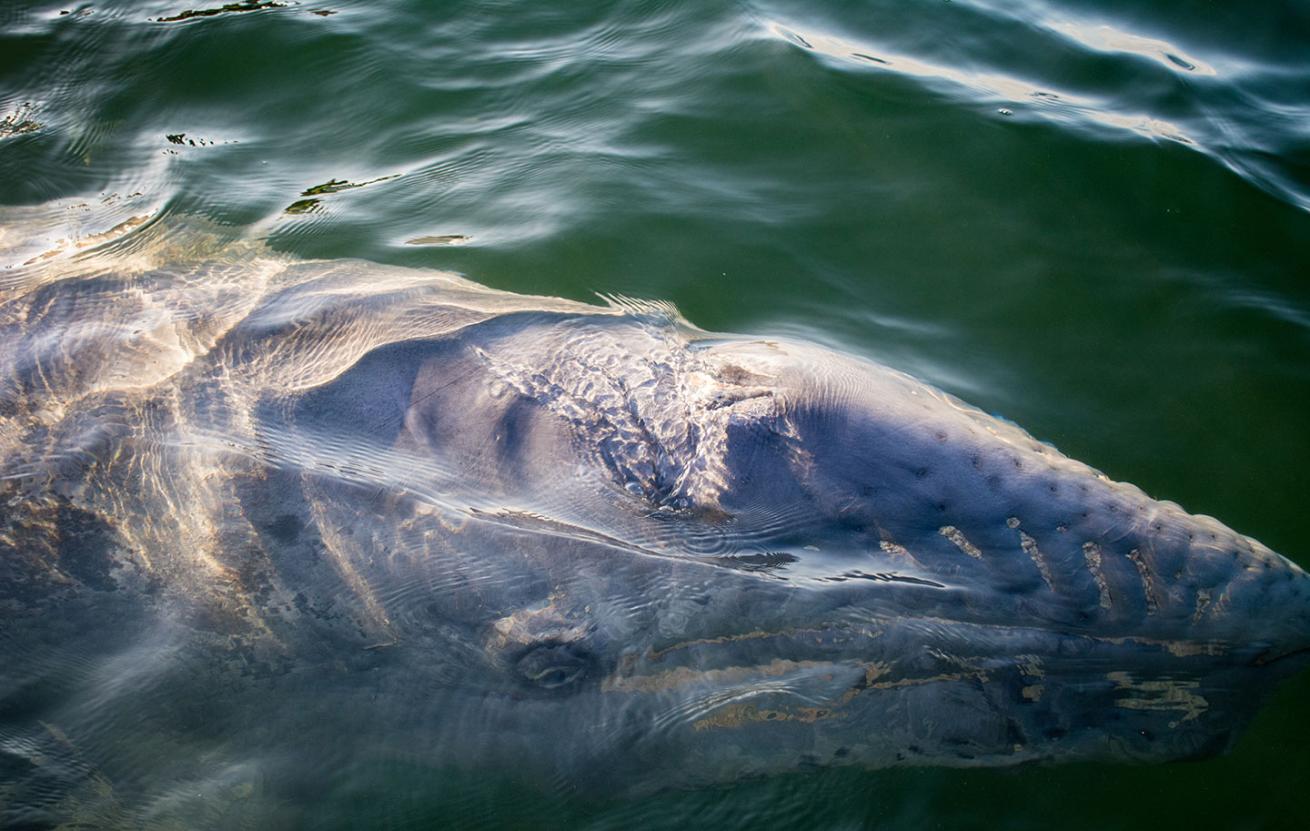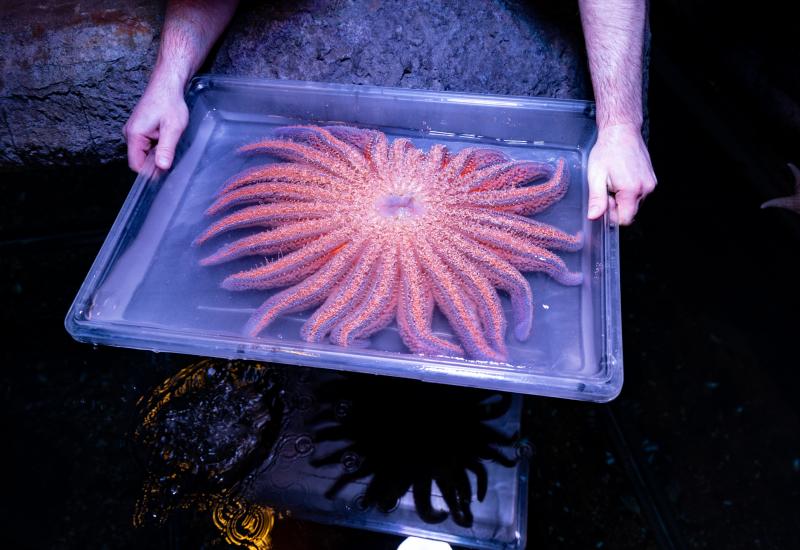Gray Whales Are Migrating to Baja, California

iStockGray whales migrate roughly 10,000 to 12,000 miles round-trip each winter and spring. Consider this: The driving distance round-trip between New York City and San Francisco is approximately 5,816 miles. Imagine if you swam that far. And then did it again.
According to San Diego Whale Watch, gray whales will be heading south until February and then will start their trip back to Alaska through April. San Diego is a popular location for spotting the majestic marine mammals.
Each year, more than 20,000 gray whales (Eschrichtius robustus) make a 10,000- to 12,000-mile round-trip journey from the cold Arctic waters of Alaska to the warm-water lagoons of Baja California, Mexico, where the females give birth to their calves. After spending time in Baja California waters so the calves can grow strong, the gray whales journey back to Alaska in spring. It is the longest-known distance any mammal migrates on an annual basis. It is also a dangerous trip for the calves, as the mothers and their young calves travel past pods of killer whales on their journey. It is during these two migratory seasons that California scuba divers will encounter the whales.
Read 6 fun facts about gray whales.
Gray whales generally travel alone or in pods of two or three, but larger pods may travel together during the peak times of their migrations. During the winter trip, the whales don't stop to eat, cruising to Mexico at an average speed of five knots — or about six miles per hour (slower than an Olympic marathoner, who runs at about a 13- or 12-mile-per-hour pace, but consider the distance that the gray whale is traveling).
The most popular breeding lagoons in Mexico are San Ignacio lagoon, Scammon's lagoon, and Magdalena Bay, on the Pacific coast of Baja California. Most years, the whales return to Alaska in February, when the whales travel north to feed in the western Beaufort Sea and Bering Sea, northwest of Alaska.
Gray whales are also present year-round off Vancouver Island, British Columbia, Canada, and a smaller population of Western North Pacific gray whales migrate north from winter calving grounds off the Korean peninsula and Japan, to summer feeding grounds in the northern Okhotsk Sea.
Love scuba diving or snorkeling with big animals? Check out our picks for the Best Big Animal Encounters on Earth.
The gray whale is also known as the grey whale, gray back whale, Pacific gray whale, or California gray whale. It reaches a length of 49 feet and a weight of 36 tonnes (40 short tons). It lives between 55 and 70 years. The common name of the whale comes from the gray patches and white mottling on its dark skin.










